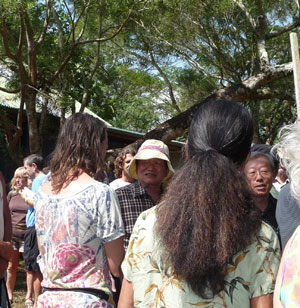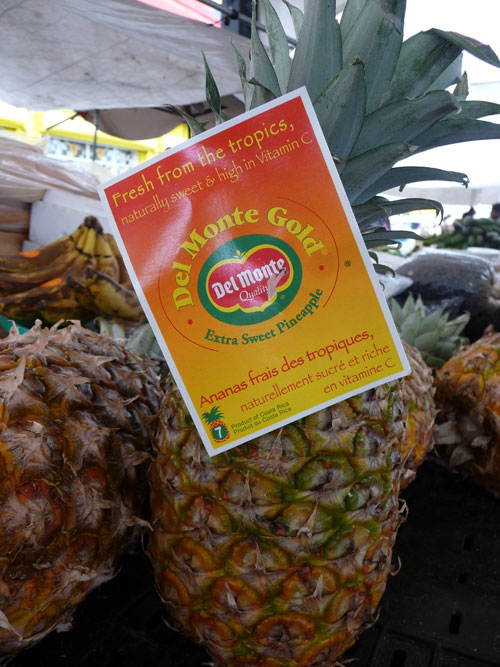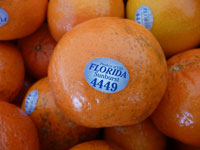The curious and the devoted came together yesterday to learn and share their interest, knowledge and experiences in a seminar/workshop taught by Master Cho, founder of Korean Natural Farming. The organizers of this event had expected maybe 100 people, but the phone was ringing off the hook with people who wanted to register. The numbers quickly exploded to over 300 people who attended this first day, which didn’t include those unable to attend, because the seminar was already filled.

What an encouraging sight to see….. a sea of enthusiastic people, gathered to learn about this ‘New Wave of Natural Farming’. I was impressed at the diversity of those I saw there: many energetic young and older, women and men, locals and transplants with a desire to learn a completely sustainable system of farming.
Friday was the first day of this one week long seminar of workshops & farm tours entitled ‘ Natural Farming with Master Cho…A New Wave: In Harmony with Nature’.
It is being held in a pavilion at the UH-Hilo Agricultural Experimental Farm in Panaewa, sponsored and coordinated by a host of agencies, a couple of which is the College of Tropical Agriculture & Human Resources (CTAHR) and Cho Global Natural Farming. Anyone interested in knowing more detail about this seminar, can get more information by going to www.localgarden.us
I sensed an air of hope amongst the people present as it seemed as though they were given the chance of a new way of seeing plants grow, as Master Cho says , ‘in harmony with nature’. I felt the message was to listen to the plant (observe the non-verbal), become the plant, find out what it needs and nurture its life force. ” Start growing plants now, later is too late”, Master Cho remarked!
During breaks I was able to connect with a lot of people, some I already knew , some I had just met, but with everyone, I could feel a new swell of farming interest. This is so timely considering everyone’s concern with the economy, the future of food and food production. It was also timely to hand out to people, my new bumper stickers and bookmarks with my blog site address on it: whosyourfarmer.info and briefly explain the direction of the blog and directed study research project. I felt the people I talked to had a genuine interest in the content of my study which is researching consumers in farmers markets about their interest in where, how and who grows the food they buy there. I look forward to posting more information as I come across it, connecting resource people and creating an opportunity for people to gain perspectives on their own food purchases at farmers markets.

 There were bananas from Honduras,
There were bananas from Honduras,  pineapple ( Del Monte) from Costa Rica, grapes from Brazil, mango from Ecuador and Peru, watermelon from Guatemala, ah…….. oranges labeled ‘Florida, product of USA’!
pineapple ( Del Monte) from Costa Rica, grapes from Brazil, mango from Ecuador and Peru, watermelon from Guatemala, ah…….. oranges labeled ‘Florida, product of USA’!